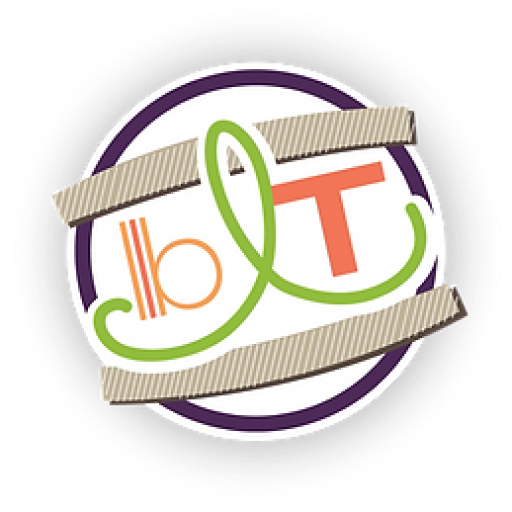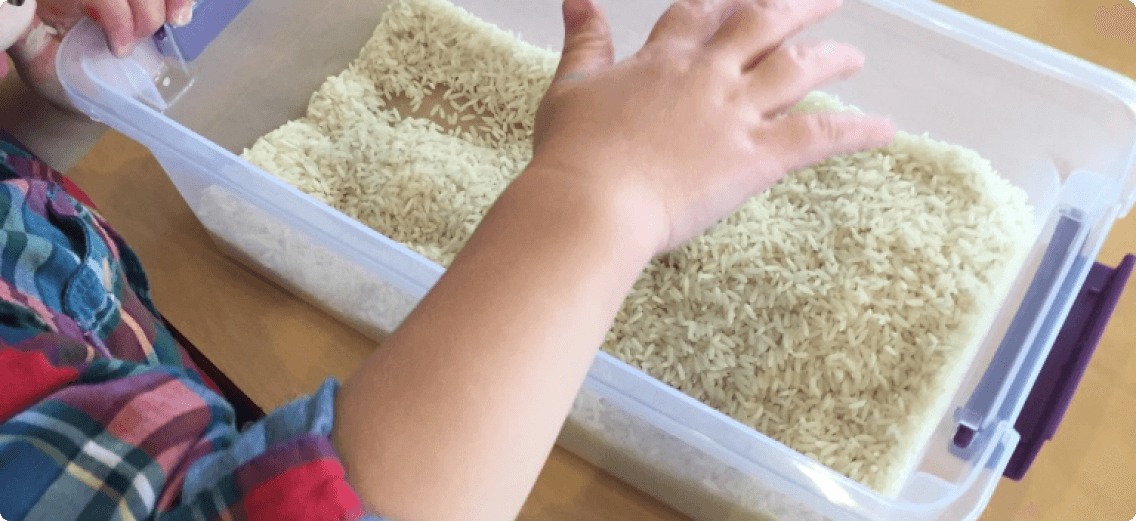Children with sensory processing disorder (SPD) or children who have displayed difficulties with sensory processing in the absence of a diagnosis may both demonstrate trouble with the regulation of their emotions and behaviors. Many of us may be aware that occupational therapy can play a large role in the habilitation, or initial teaching and instruction, of children with sensory processing difficulties. Occupational therapy treatment focuses on building skills and teaching self-regulation strategies to children who are unable to independently manage their behaviors and emotions in response to certain sensory stimuli.
Pediatric occupational therapists and other healthcare professionals are trained in the area of self-regulation strategies for children with sensory processing difficulties. While these strategies come along with the expertise of these professionals, the intention of sensory integration treatment is to educate parents, caregivers, teachers, and children on self-regulation strategies for children. This aims to foster the independence and emotional well-being of children who demonstrate difficulty responding to sensory stimuli.
Self regulation strategies for children vary depending on the specific sensory system that a child is displaying difficulty with. The five most common sensory systems include the tactile system (sense of touch), the auditory system (sense of hearing), the visual system (sense of sight), the gustatory system (sense of taste), and the olfactory system (sense of smell). There are an additional two sensory systems that share some similarities with one another. Children frequently demonstrate difficulty in these two areas. However, since these sensory systems are not as well-known as the others, parents and caregivers may be unaware of what signs to look for, how to help calm their child, or how to connect them with the help they need.
Each of these systems provides the brain with information about the body. The first system is the proprioceptive system, which provides the brain with information as to the entire body’s location and its interaction with the environment around them. The other system is the vestibular system, which provides the brain with information as to the head’s motion, positioning, and its interaction with the environment.
It is also important to note the types of difficulties that children may have related to these sensory systems. Children may demonstrate sensory defensiveness that causes them to react with a strong negative response due to their sensitivity to certain sensory stimulus. A child with defensiveness may display mild, moderate, or severe reactions by kicking, screaming, crying, and displaying frequent tantrums in response to sensory stimuli that they are uncomfortable with.
Children may also demonstrate difficulty regulating their sensory systems. This may cause a child to exhibit symptoms of under-responsiveness, over-responsiveness, or frequently changing levels of alertness, called modulation. An under-responsive child may demonstrate low energy, low motivation, and have problems maintaining a relaxed yet alert state. Under-responsive children may also seek out more types of a certain stimulus, since that stimulus may not be entirely processed by the body. An over-responsive child will often have trouble transitioning between activities throughout the day, frequently have difficulty focusing during tasks at home or school, and demonstrate trouble when they are presented with change.
Occupational therapists and other healthcare professionals may assist in providing children with tools to assist in the body’s processing of visual, auditory, tactile, olfactory, gustatory, vestibular, and proprioceptive stimuli from the environment. Self regulation strategies for children range across the following areas:
Tactile system (sense of touch)
Children may be taught self regulation strategies to assist in managing their responses to certain textures they may encounter throughout a typical day. Children who demonstrate difficulty when interacting with various textures may exhibit behaviors such as trouble wearing clothes with certain tags or fabrics, strong reactions to touching mud, dirt, or other things found in nature, and inability to play with other children. Some tips for children who are defensive to touch, include:
- Allowing them to opt out of situations with touch, such as hugs at family gatherings
- Encouraging the use of firm touch or pressure through a self-massager or foam roller
- Prompting your child to line up first or last at school to avoid touching others
- Offering alternative activities to tag or other games that may include touching, such as computer games, tabletop games, or physical activity
Other children may need additional opportunities to use their tactile system to calm them. Self regulation strategies for children who need more tactile stimulus, include:
- Offering hand fidgets, such as a stress ball or koosh ball
- Participating in activities such as cooking or playing with dough or clay
- Allowing exploration of nature and the various textures associated with the seasons
Auditory system (sense of hearing)
Children who have difficulty processing auditory stimulus may be taught self regulation strategies to assist with managing their responses and behaviors on a daily basis. Young people who dislike certain sounds may have difficulty listening to the vacuum, participating in fire drills at school, or focusing on any tasks due to background noise. Self regulation strategies for children who are defensive to auditory stimulus, include:
- Encouraging children to seek areas of the house with lower sound stimulation
- Offering headphones that your child can use when they are overstimulated
- Allowing exploration of calming music
- Vacuuming when your child is at school or on a playdate
- Sectioning off quiet areas of the house for your child’s use
Children may also wish to seek auditory stimulus to help calm and soothe them. Self regulation strategies for children who need more auditory stimulus, include:
- Using background music to study or when playing
- Offering sounds such as white noise, nature sounds, or calming music as they sleep
- Teaching your child to play an instrument or enroll in music lessons
- Encouraging free time to make noises and explore new sounds, through music sets, noise-making toy sets, or making and finding noises in nature

